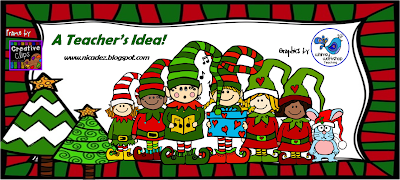Search This Blog
Posts
Showing posts from 2013
2D and 3D Posters for Your Kindergarten Classroom
- Get link
- X
- Other Apps
The First Thanksgiving Story For Little Kids
- Get link
- X
- Other Apps
Retention or Promotion? What is Best for Your Child?
- Get link
- X
- Other Apps
A Contract Mini Book For Serious School Kids
- Get link
- X
- Other Apps
Building Student Responsibility With Classroom Jobs
- Get link
- X
- Other Apps

















